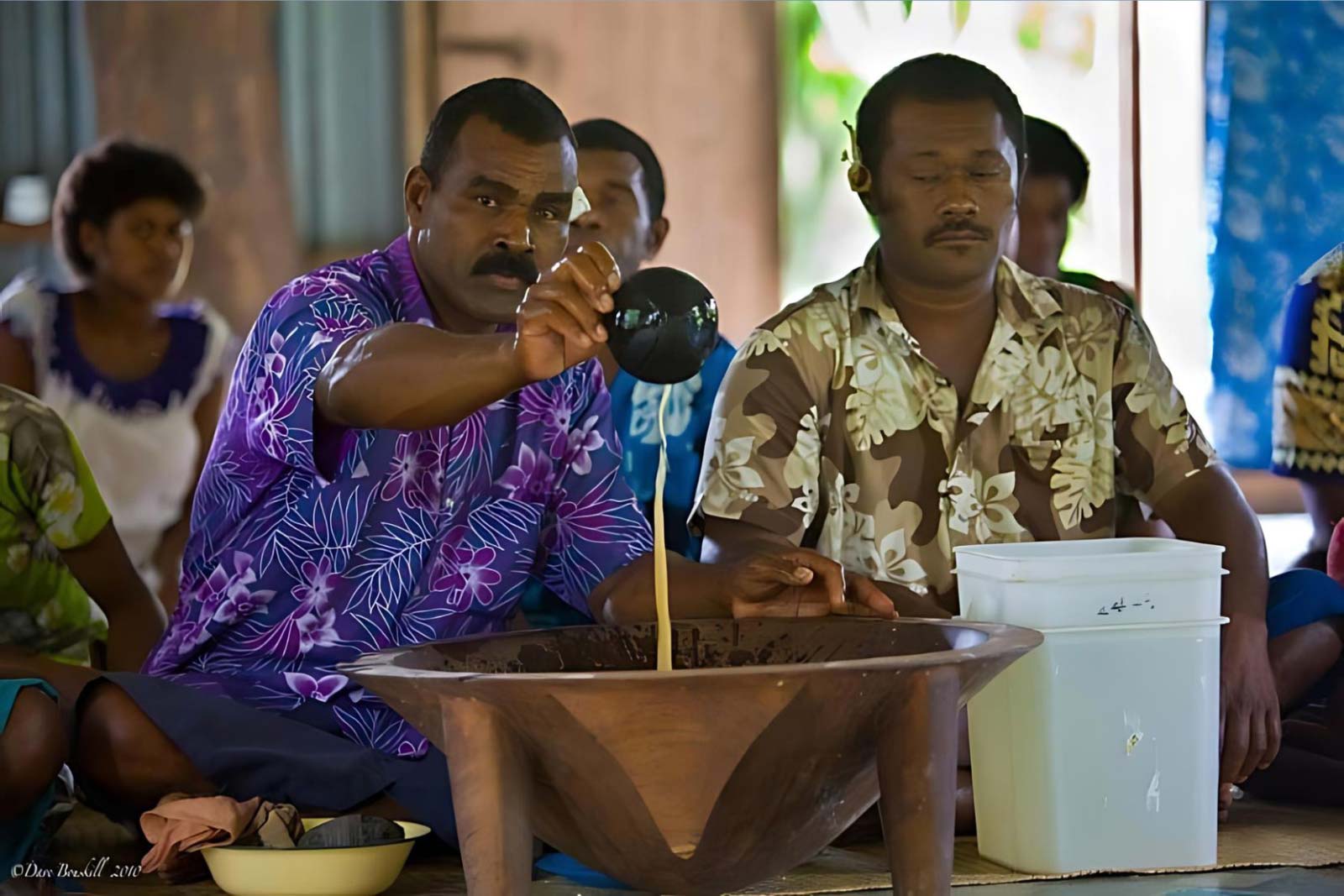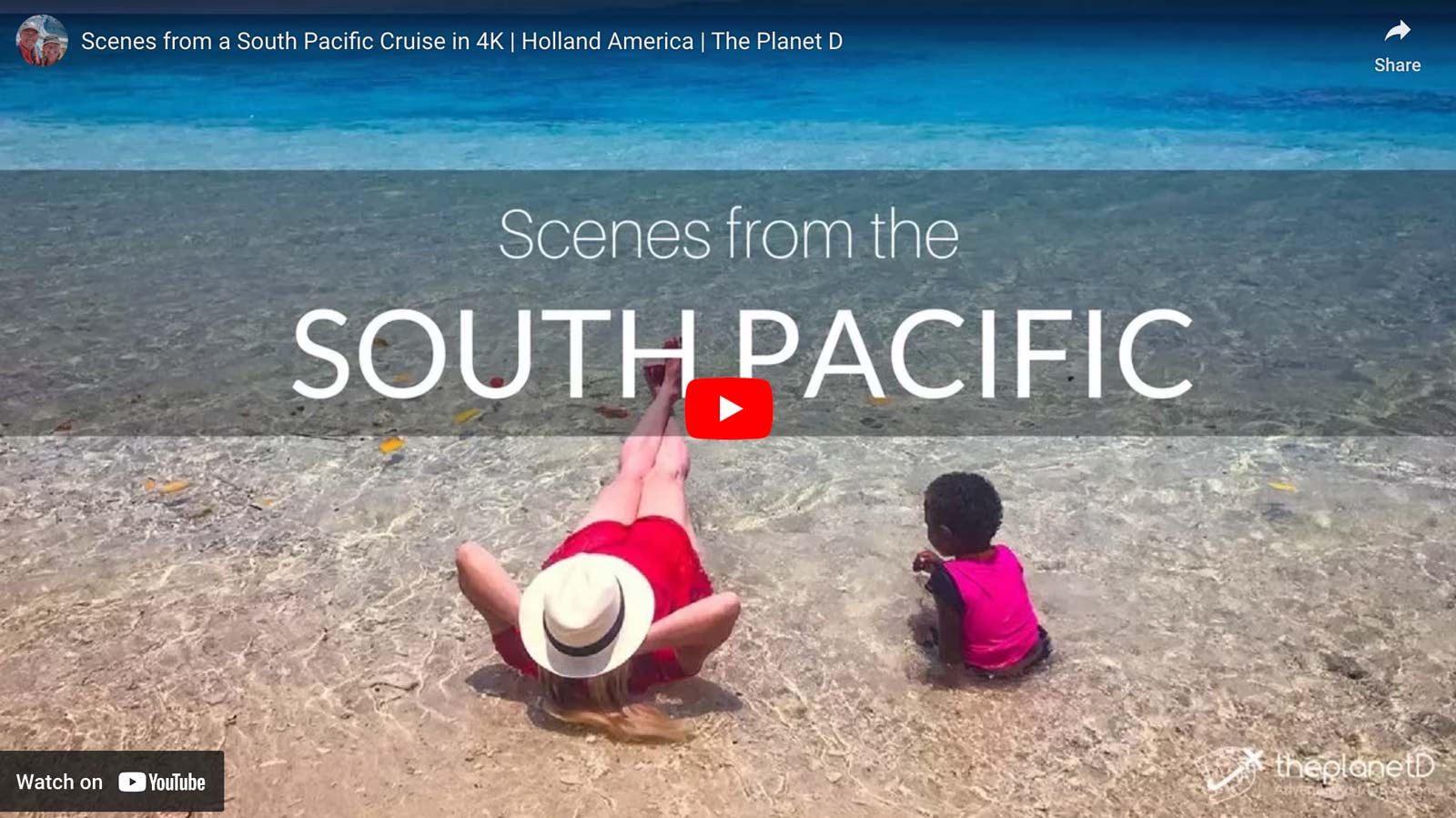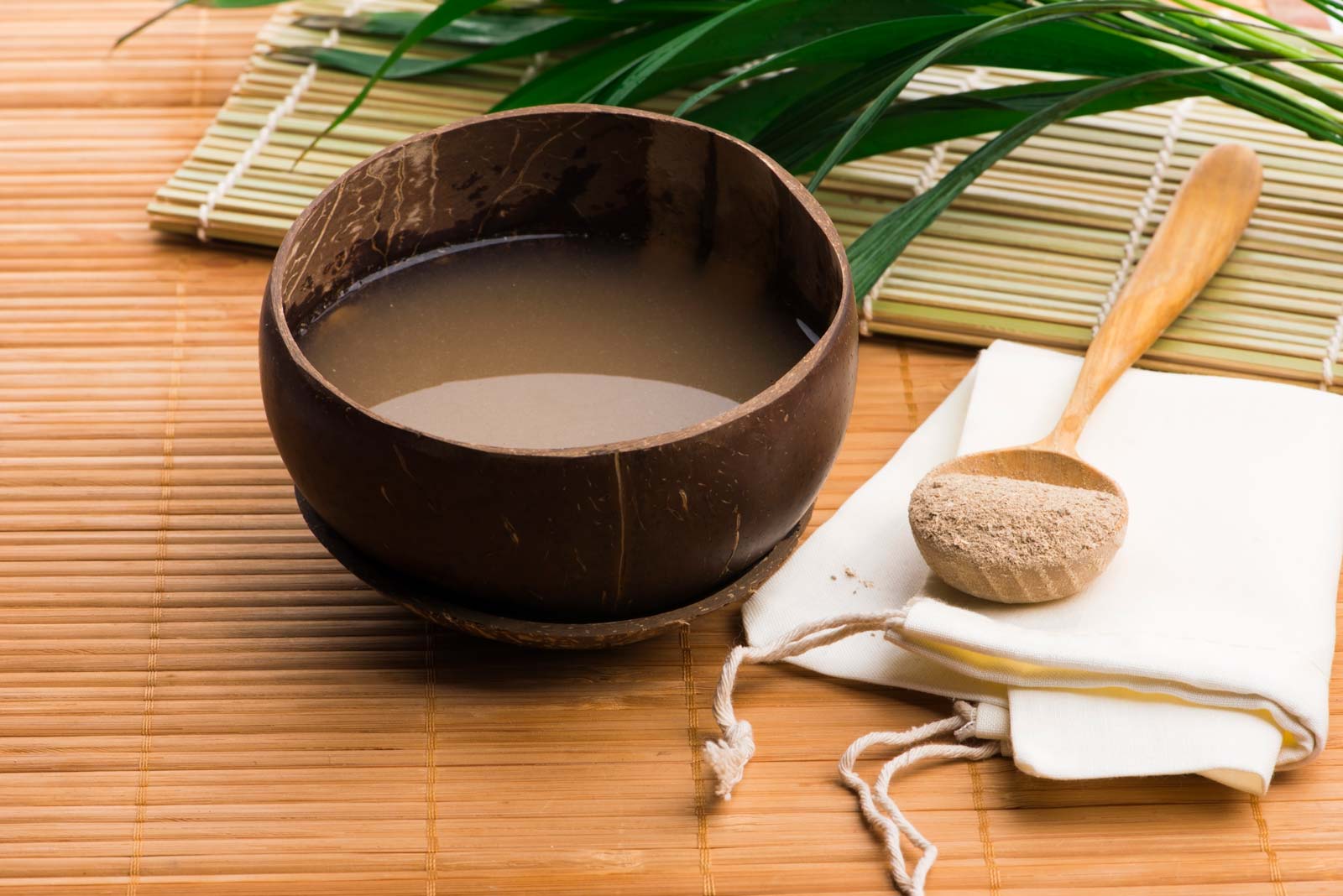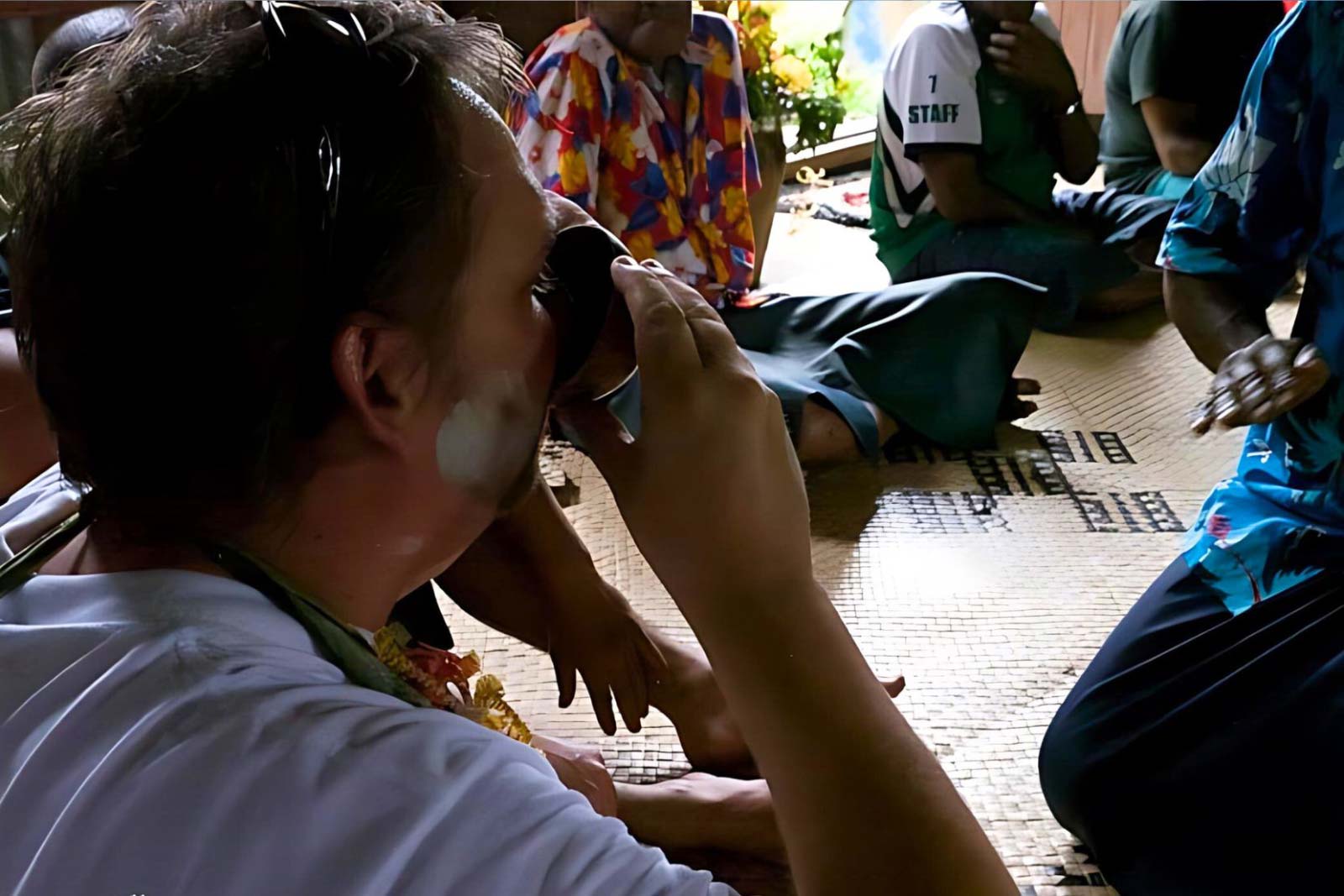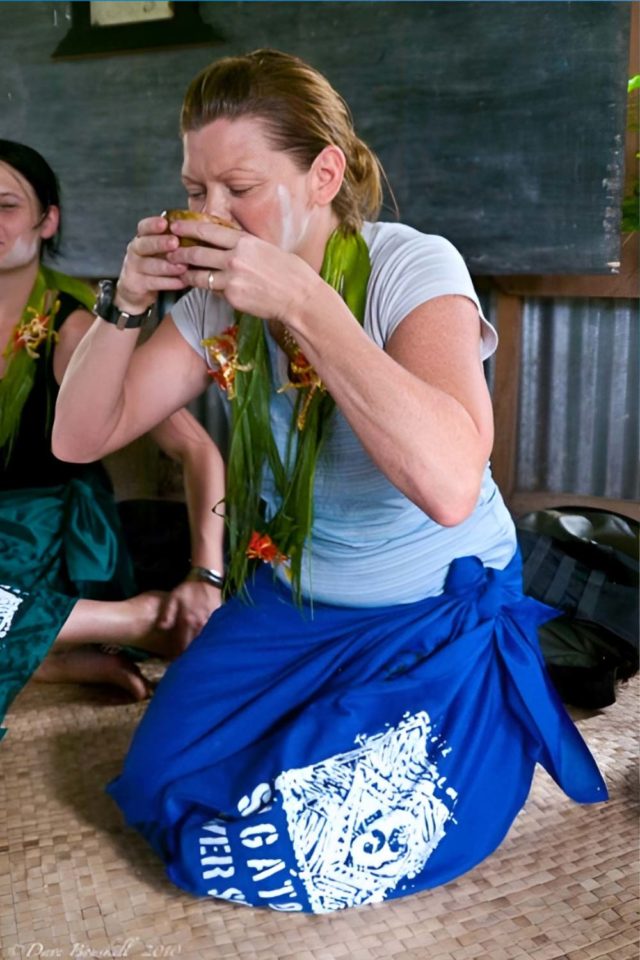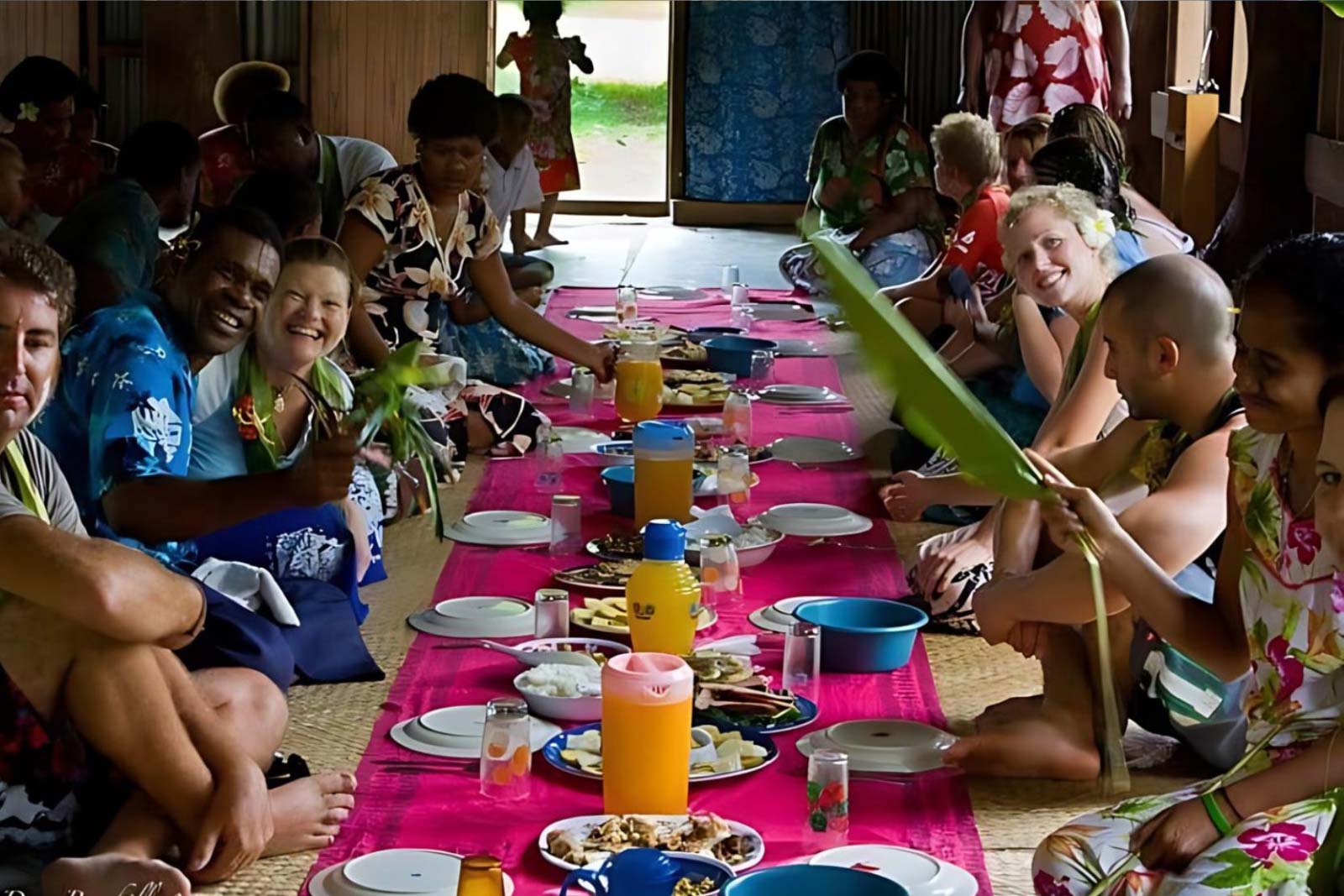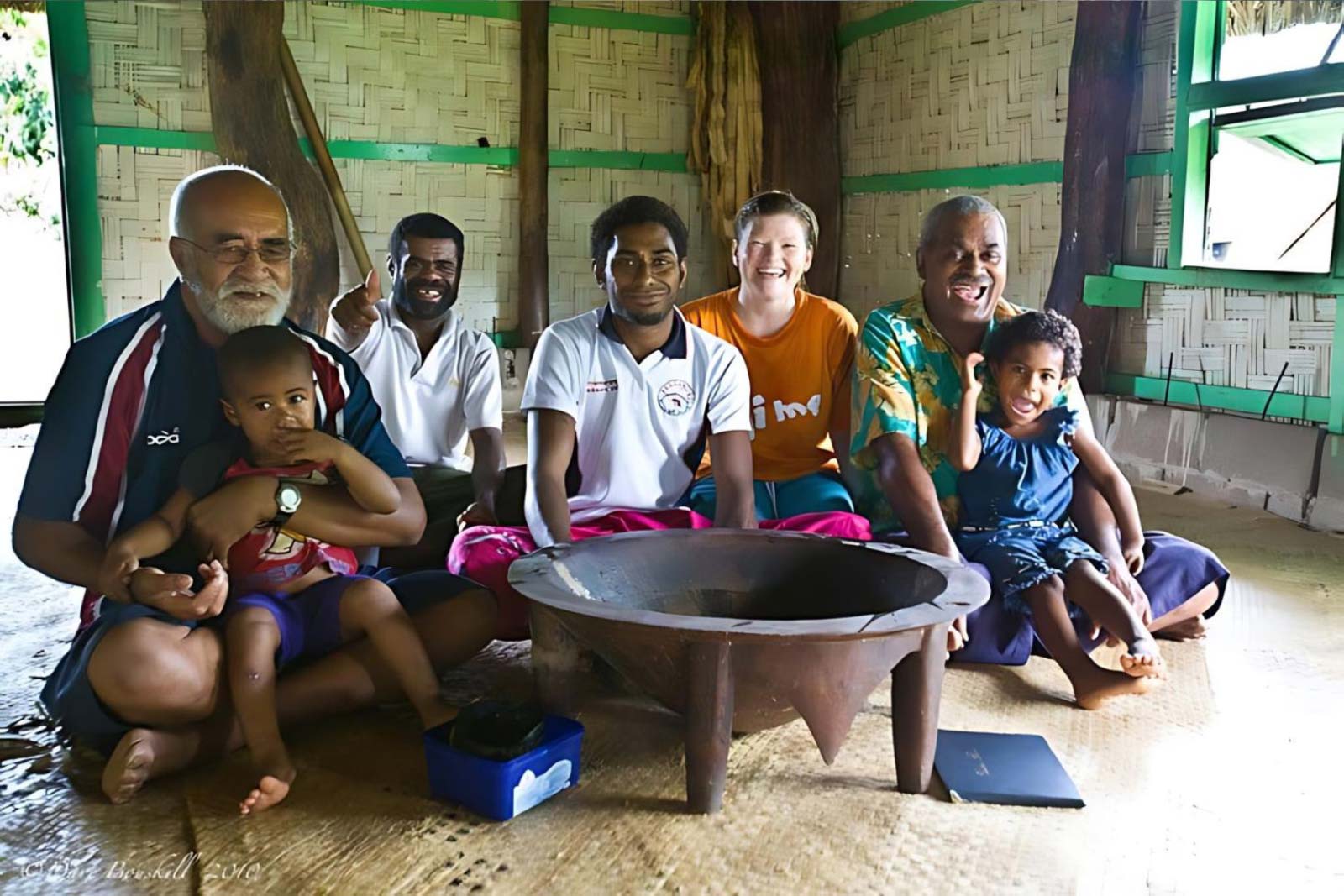When visiting the South Pacific, you will most likely find yourself taking part in many traditional Kava ceremonies. It is an important aspect of visiting any village and Pacific Islanders have followed this tradition for centuries.
This cultural ritual offers a unique insight into Fijian traditions, fostering community and connection. In this guide, we’ll walk you through everything you need to know about what to expect during a kava ceremony in Fiji, ensuring you’re well-prepared to enjoy this unique cultural experience.
It can be a little confusing when you don’t know what to do, at a Kava ceremony but don’t worry, the Fijian people are very patient and will talk you through the process.
What to Expect at a Fijian Kava Ceremony
A kava ceremony is a traditional ritual in which participants drink kava, a beverage made from the crushed root of the yaqona (or kava plant). We have taken part in several kava ceremonies in Fiji, but they are celebrated throughout the South Pacific. In this post, we are going to talk about the steps taken at Kava ceremonies in Fiji, but the surrouding islands are also similar.
The ceremony is deeply rooted in Fijian culture and often marks significant events, celebrations, and social gatherings. Kava has calming effects, promoting relaxation and social bonding among participants.
When taking part in a traditional kava ceremony, it is important to respect Fijian culture. There are several rules to follow and we are going to go through the steps that you can expect.
What is Kava?
Kava, also known as kava-kava, is a traditional drink made from the root of the Piper methysticum plant, which is native to the South Pacific islands. The drink has been used for centuries in various Pacific cultures, including those in Fiji, Tonga, Samoa, and Vanuatu, for its sedative, anesthetic, and euphoriant properties.
Kava Ceremony Etiquette
Kava traditions follow the rule that when entering a village in Fiji, it is customary for guests to bring a gift of kava root known as yaqona. You can pick up a kava root at the local market. That root will be crushed into liquid and put into a kava bowl for guests to drink. Before people drank from a communal bowl.
In recent years, kava ceremonies have changed, and now they take turns scooping from the large communal bowl using their own bilo. (half a coconut).
The Kava Ceremony Process
Wear conservative clothing as a sign of respect. Women should always wear a sulu (sarong) and dress modestly. Men should dress respectfully as well. Many men wear sarongs in Fiji, and you can too! At the least, men should have their shoulders covered. But wearing long shorts and short-sleeved shirts that cover your shoulders is acceptable.
If you don’t have a sarong a long skirt will work. Long shorts are acceptable as well. But I always pack a sarong to tie around my waist when entering a village.
The eldest man enters the house first followed by the rest of the men and then the women. When entering the house, remove any hats and sunglasses. And then have your leader greet the chief or host first.
Welcoming Ritual
The kava ceremony typically begins with a welcoming ritual. The village chief or a designated leader welcomes guests. Before the ceremony begins, the chair explains the ceremony while participants are then seated in a circle, with their village chief or leader at the center.
When the ceremony begins, the chief (the eldest man in your group) presents the root to the Village Chief.
The ceremony then begins as the villagers grind up the kava root and strain it through a cloth bag into a large wooden bowl called a tanoa. It is placed in the middle of the room. It is then offered to your group’s chief.
After your chief has had a sip, the village’s executive head drinks the Kava next.
Once the two heads of the party have had their drink, it is offered to the rest of the room according to rank. The men drink first and then the women.
The Serving
The kava is served in a coconut shell cup called a bilo. The cup is presented to the chief or eldest member first, and then passed around according to rank. When receiving the kava drink, you should clap once, drink all the contents of the cup, and then clap three times afterward. This ritual is repeated until everyone has had their turn.
Drinking Kava
When the kava comes to you, there are traditions to follow. When you drink kava be sure to follow these steps.
You will be offered the option of “high tide,” or “low tide” A high tide means you would like a full cup. If you ask for a low tide, it means they will give you a half cup of Kava. The locals seem to like to give you a full cup to be respectful.
When you received the coconut, follow these steps and have a great time!
Clap your hands once with a cupped hand making a hollow sound
Yell: Bula!
Drink in one gulp
Clap three times with hands cupped to make that hollow sound again.
Say: “Mathe” pronounced maw-they
How Does Kava Taste? Kava tastes kike muddy water, literally. There is also a bit of bitterness. It is how should you say…an acquired taste.
How you will feel after Tasting Kava
Kava has a distinct earthy taste and may cause a numbing sensation in the mouth. Once you drink Kava, you will probably feel tingling and numbness in your tongue. Kava is a very mild narcotic and is known to make people feel relaxed.
It’s known for its calming effects, promoting a sense of relaxation and well-being. You are guaranteed to have a good night’s sleep after a couple of high tides and you will wake up feeling well-rested and energized.
Fijian people are known to be some of the happiest on the planet and somehow we think that the Kava may have something to do with that.
Kava was once sold as a relaxant in the United States in pill form at one time, but they couldn’t capture the exact formula of drinking it fresh from the root.
As the ceremony progresses, participants often engage in storytelling, singing, and dancing, fostering a sense of community and connection.
After the Kava ceremony – Celebrations
Once the Kava ceremony is over, the festivities of song and dance can begin. The Kava ceremony brings two families together and they are now one after the ceremony. It is a big celebration after the Kava ceremony with dancing and music.
It’s a wonderful way to interact with the local villagers. Don’t be shy, join in the dancing. Fijians are the most friendly and welcoming people on earh.
After the Kava ceremony, the visitors are free and welcome to enter and explore the village as they please.
What Islands Perform Kava Ceremonies
We took part in Kava ceremonies in Fiji, but they an are an integral part of the cultural fabric across several islands in the South Pacific. Each region has its unique traditions and ways of preparing and celebrating with kava. Here are the key locations where you can experience authentic kava ceremonies:
Vanuatu is often considered the birthplace of kava. Here, kava is central to social gatherings, ceremonies, and community events. The kava bars, or nakamals, are popular spots where locals and visitors alike can enjoy this traditional drink in a communal setting.
Other countries that have Kava ceremonies are Tonga, Samoa, Papua New Guinea albeit, the rituals in Papua New Guinea are not as common and are influenced by neighboring Pacific Islands. Apparently, even Hawaii has started to emrace kava and kava bars have emerged as places where people can gather to enjoy kava in a relaxed setting.
Read More about travel in Fiji:


